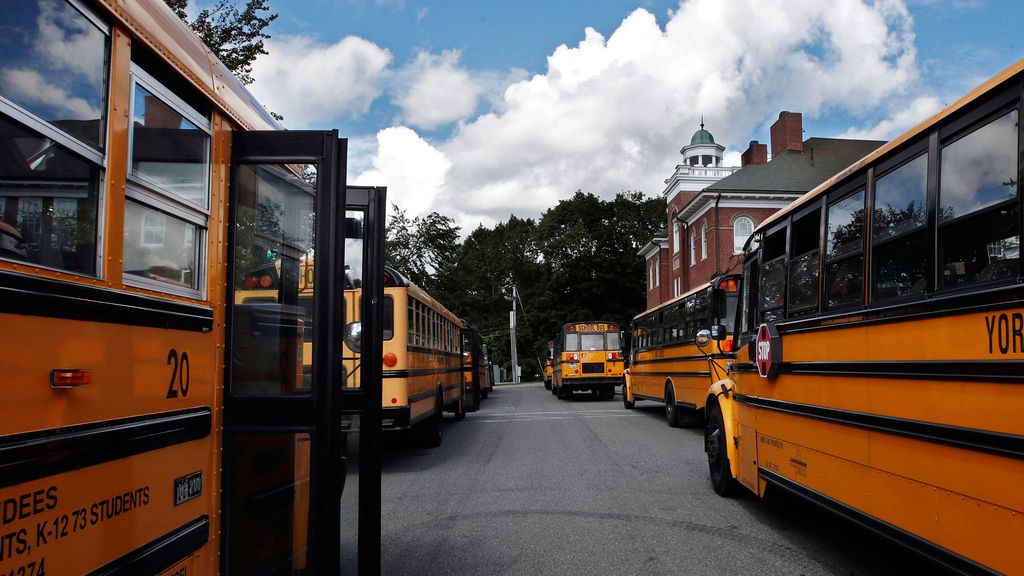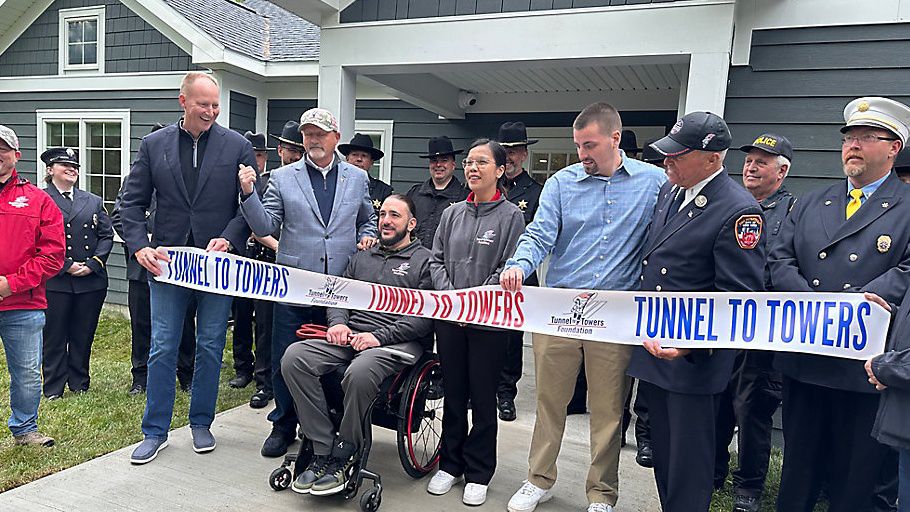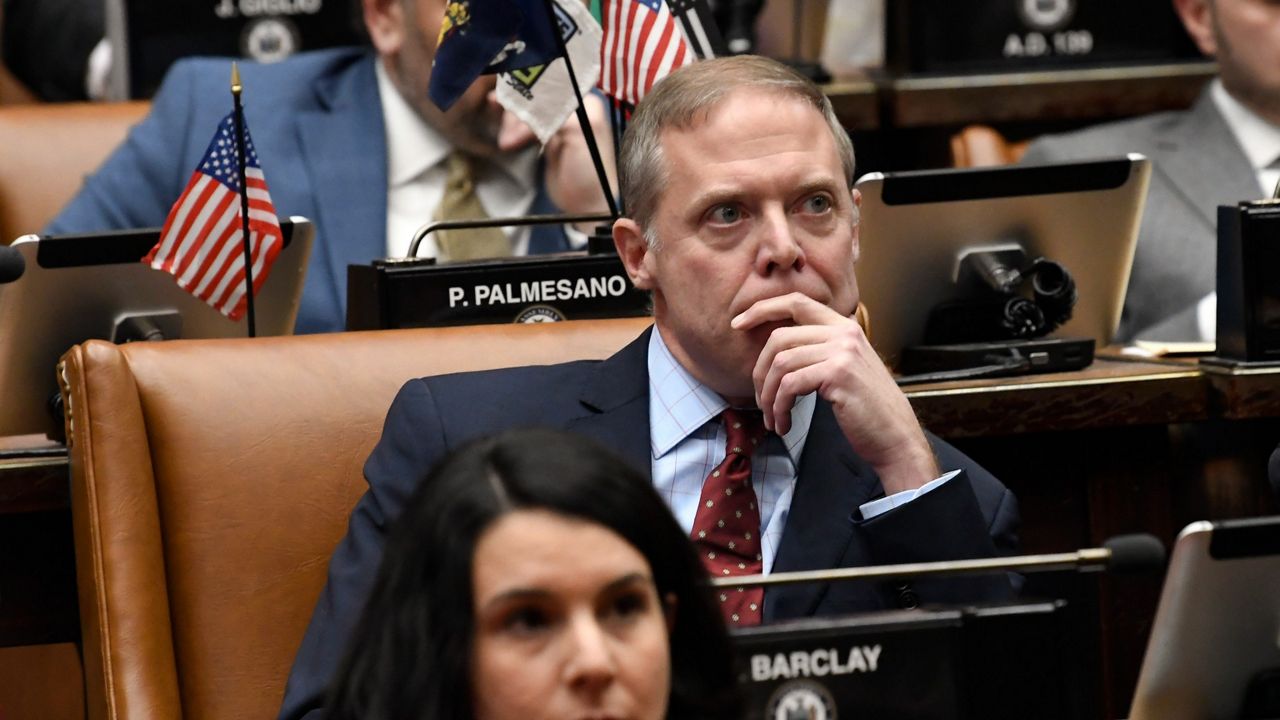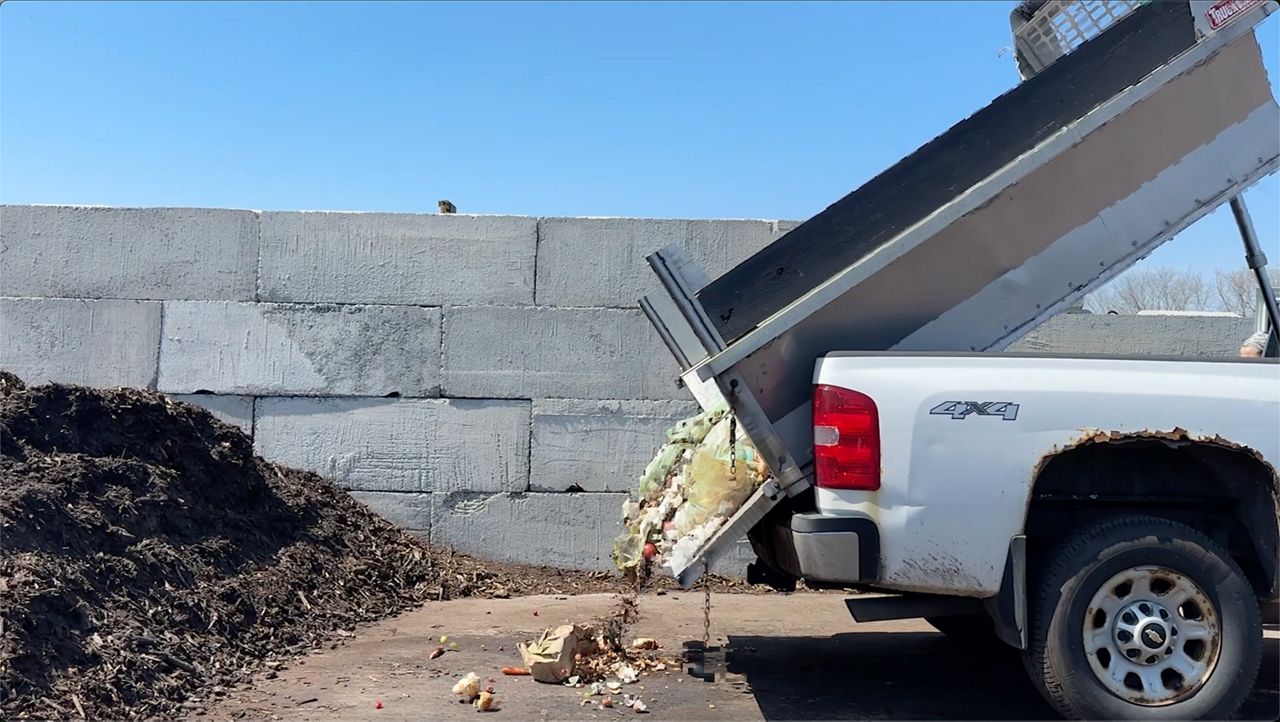A recent study by the University at Albany highlights significant gaps in oral health services across New York state, identifying 31 high-need areas, primarily in rural regions. The research, conducted by the Center for Health Workforce Studies, analyzed 15 sociodemographic indicators to assess needs across all age groups.
Dr. Jean Moore, the study's lead researcher, noted that the biggest barriers include the ratio of dental professionals to the population and the availability of services for Medicaid patients and the uninsured.
"We looked at indicators related to the population, disability, pregnancy, and education level," Moore said.
The study found that over two-thirds of residents in areas like the Mohawk Valley and North Country face significant oral health challenges. Programs such as Seal-A-Smile are working to bridge these gaps by bringing preventive care directly into schools, making oral health accessible and convenient for children.
Rebecca Klimek, director of the Seal-A-Smile program, emphasized the importance of reaching children in their familiar environments.
"Our goal is to provide preventive dental services, screenings, and education both in the classroom and individually," she said.
Researchers hope the study will catalyze collaborative efforts across the dental community, leading to targeted interventions and policy changes that improve access statewide. Dr. Katie Rothas, a dental director, stressed the need for a unified approach.
"We all need to come together — specialists, public health, community health, private practitioners — to figure out what we can do," Rothas said.
The study's findings are expected to inform policy discussions and strategies to effectively meet New York's unmet oral health needs, particularly for underserved populations.











